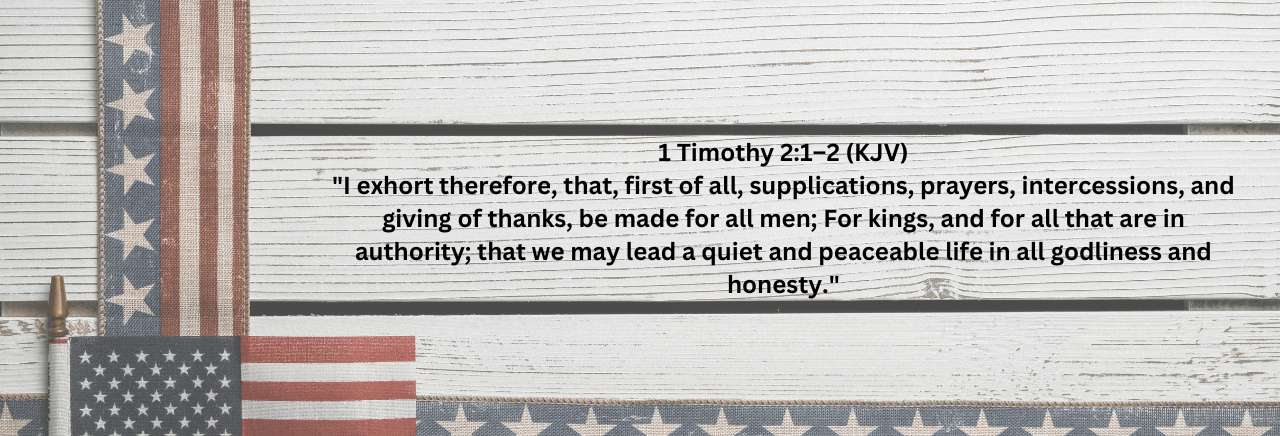As Christians around the world gather to celebrate Easter Sunday, we pause to reflect on the culmination of history’s most transformative weekend—the death, burial, and resurrection of Jesus Christ. These three days altered human history and formed the cornerstone of Christian faith. The apostle Paul himself declared this sequence of events as “of first importance” (1 Corinthians 15:3-4), demonstrating that without these historical realities, Christianity itself would cease to exist.
The Crucifixion: A Necessary Sacrifice
The crucifixion of Jesus represents the ultimate sacrifice. After being betrayed by Judas Iscariot for thirty pieces of silver (Matthew 26:14-16), Jesus endured mockery, brutal scourging, and ultimately, execution on a Roman cross. The Gospel accounts provide striking details of this event, from the crown of thorns pressed into his head to the division of his garments among the soldiers (John 19:1-2, 23-24).
As Jesus hung between two criminals at Golgotha, “the place of the skull” (Matthew 27:33), he uttered seven profound statements. Among these, his cry, “My God, my God, why have you forsaken me?” (Matthew 27:46) reveals the spiritual dimension of his suffering—the temporary separation from the Father as he bore the weight of humanity’s sin. As Isaiah had prophesied centuries earlier, “He was pierced for our transgressions, he was crushed for our iniquities; the punishment that brought us peace was on him, and by his wounds we are healed” (Isaiah 53:5).
The significance of this death cannot be overstated. Jesus did not die as a martyr or moral example, but as the “Lamb of God, who takes away the sin of the world” (John 1:29). His death served as the perfect sacrifice, fulfilling the entire sacrificial system established under Mosaic law. As the writer of Hebrews explains, “He has appeared once for all at the culmination of the ages to do away with sin by the sacrifice of himself” (Hebrews 9:26).
The Burial: A Confirmed Death
Following Jesus’ death, confirmed when a Roman soldier pierced his side with a spear (John 19:34), Joseph of Arimathea, a wealthy member of the Sanhedrin who had become a secret follower of Jesus, approached Pilate and requested permission to take Jesus’ body (Matthew 27:57-58). Together with Nicodemus, who brought a mixture of myrrh and aloes weighing about seventy-five pounds, they wrapped Jesus’ body with spices in strips of linen, according to Jewish burial customs (John 19:39-40).
They placed Jesus in Joseph’s own new tomb, which had been cut out of rock (Matthew 27:60). A large stone was rolled against the entrance, and later, at the request of the chief priests and Pharisees who remembered Jesus’ prediction of resurrection, Pilate ordered the tomb to be secured by a seal and guard (Matthew 27:62-66).
The historical details of Jesus’ burial are significant for several reasons. First, they confirm that Jesus truly died—a fact sometimes questioned by skeptics proposing the “swoon theory.” Second, they fulfill Old Testament prophecy, particularly Isaiah 53:9: “He was assigned a grave with the wicked, and with the rich in his death.” Finally, the careful documentation of the tomb’s location and security establishes the setting for the resurrection, making it impossible to claim that the disciples simply went to the wrong tomb or that the body was stolen.
The Resurrection: The Ultimate Victory
Early on the first day of the week, several women, including Mary Magdalene, Mary the mother of James, and Salome, went to the tomb to anoint Jesus’ body with spices (Mark 16:1-2). Upon arrival, they discovered the stone rolled away and an angel who announced, “He is not here; he has risen, just as he said” (Matthew 28:6).
The Gospel accounts document multiple appearances of the risen Christ—to Mary Magdalene (John 20:11-18), to the disciples on the road to Emmaus (Luke 24:13-35), to the assembled disciples without Thomas (John 20:19-23), to the disciples with Thomas present (John 20:24-29), and to seven disciples by the Sea of Galilee (John 21:1-14). Paul later summarizes these appearances and adds that Jesus appeared to more than five hundred people at one time, most of whom were still alive when Paul wrote (1 Corinthians 15:3-8), implicitly inviting skeptics to verify his claims with living witnesses.
The resurrection of Jesus stands as the foundation of Christian hope. It validates everything Jesus claimed about himself, confirms that his sacrifice for sin was accepted by the Father, and guarantees the future resurrection of believers. As Paul explains, “If Christ has not been raised, your faith is futile; you are still in your sins” (1 Corinthians 15:17). But because Christ has been raised, death has been conquered, and those who trust in him receive the promise of eternal life.
The Continuing Impact
The death, burial, and resurrection of Jesus transformed his fearful disciples into bold witnesses willing to face persecution and death rather than deny what they had seen. From a small group of Jewish followers, Christianity spread throughout the Roman Empire and beyond, permanently altering human history.
Today, as we celebrate Easter, we remember that these events are not merely historical curiosities but living realities with profound implications. Through faith in the crucified and risen Christ, we receive forgiveness of sins (Acts 10:43), new spiritual life (Romans 6:4), and the hope of resurrection (1 Thessalonians 4:13-18).
The empty tomb reminds us that death, our greatest enemy, has been defeated. As the angel declared to the women at the tomb, “Do not be afraid” (Matthew 28:5). Because Jesus lives, those who trust in him can face life—and death—with confidence and hope.
This is the victory of Easter—a victory that continues to transform lives today.





Leave a Reply